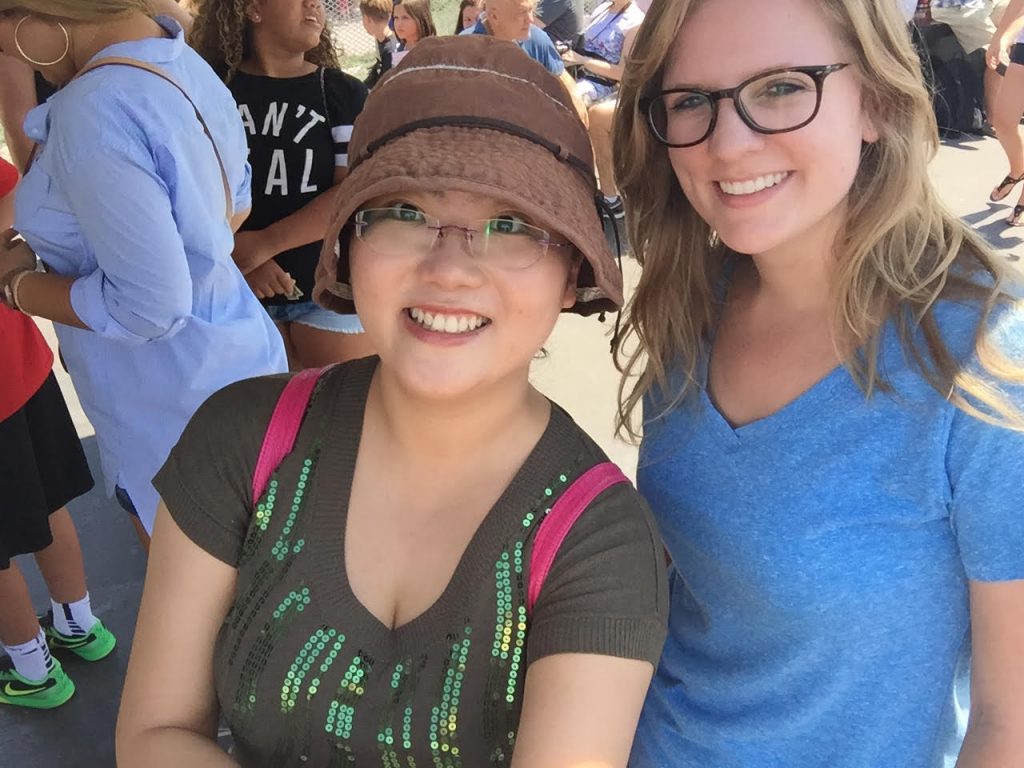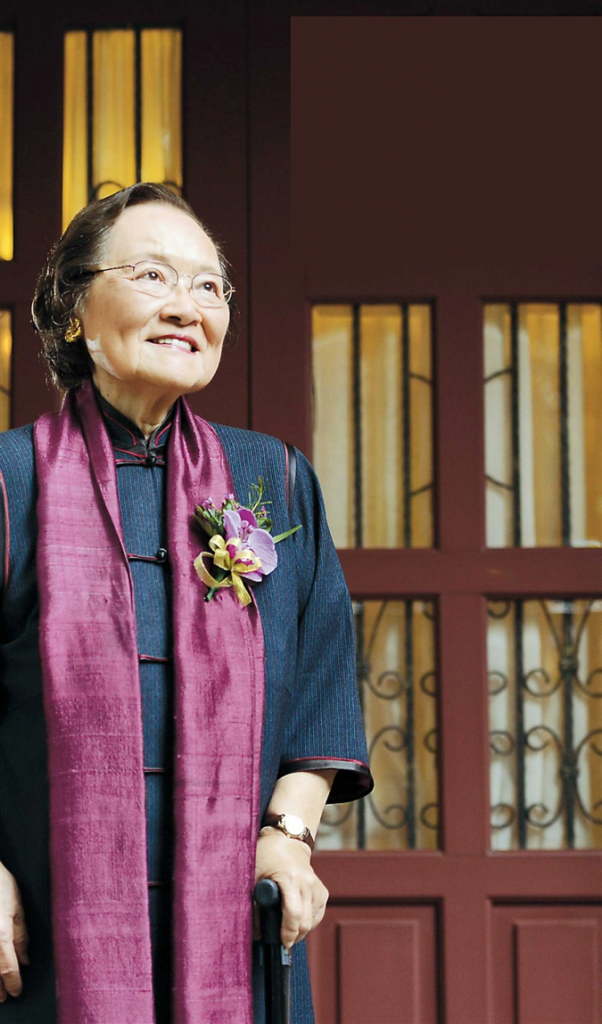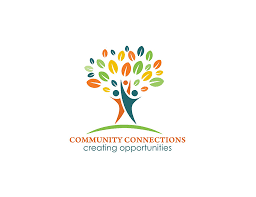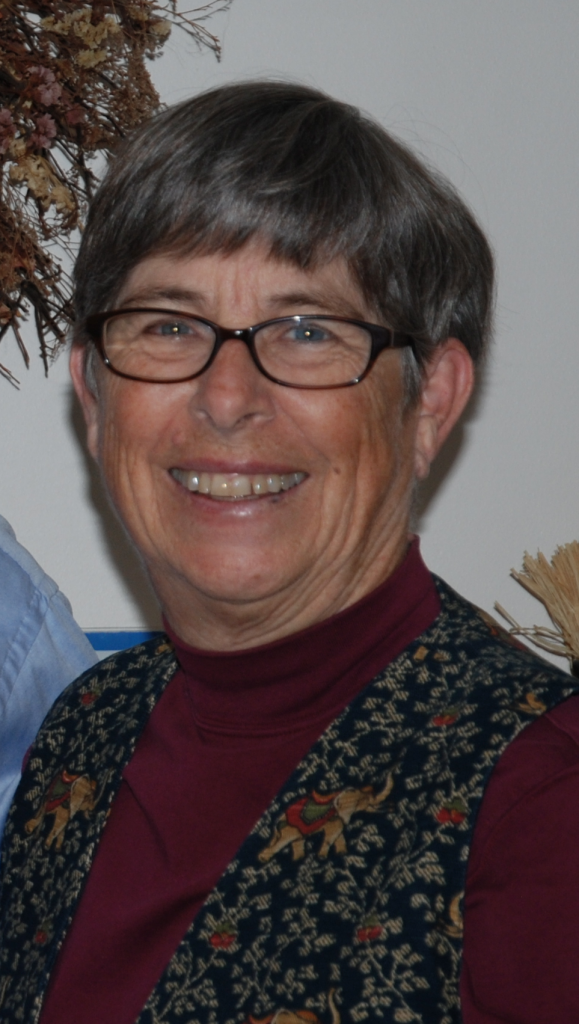A metaphor of the Earth, its inhabitants, and their symbiotic problems
Suggested by a new Friendshipology Friend
By James Luce
7 June 2021
Today an itinerant observer from outside our galaxy sent to me a few observations about our planet. Not surprisingly, this voyager in time, space, and place conceptualizes both the physical and the ethereal universe with senses and processes different than ours. To this observer, the distinctions between simile, parable, metaphor, and analogy have long-eons-ago been extinguished. Thus, these observations, presented just as they were received, may at first seem obscure.
Here’s what the observer had to say:
I first saw your galaxy from the side. It looked unimpressively flat, lumpy, and still. The next time I cruised by, my vector was 90º from the plane. What a difference! Now it looked like an illuminated beach streaked by the tides and rotating counterclockwise. On the return trip my vector was 90º from the plane but from the other side. Same beach effect, but now naturally it was rotating clockwise. There is no “up” or “down” in space, no “universally correct” view of things. What something looks like is mostly a matter of perspective. Same galaxy, different motion.
Even the relative distance from the object makes a difference. From far away your galaxy looks almost solid, calm, and perfectly round. Getting closer you can see that it’s really made up of trillions of individual and widely separated stars, planets, moons, nebulae, asteroids, comets, even dust particles…an octillion of those at least…all swirling peacefully around an immense and immensely dense object from which no light escapes. All these galactic objects look different, act differently, but all have similar endings, and they are all part of the same universe.
Once you enter your galaxy, it’s impossible to see how big it is, how vast, how varied. One’s view is limited and fuzzy. Yet one image becomes extremely clear. The adjectives “calm” and “peaceful” are not apt to your galaxy. Stars explode and destroy entire proximate solar systems, instantly ending all life therein. Other stars expand slowly and swallow up all systems within trillions of miles, baking them to oblivion in white-hot plasma. Other stars just grow old and cold and all life on nearby systems freezes, crumbling into ice shards and then evaporating into space. In the end, entropy works, and everything will eventually disappear.
Since I was here, I decided to wander through your galaxy at just below lightspeed. After several of my planet’s years, my sensors spotted a blue-green planet orbiting third from a smallish star. I was far enough away so that your planet looked solid, round, uninteresting, but my sensors noted characteristics consistent with planets that support life. Not a rare find in my travels, but always fun to visit such places, to see yet again how varied life can be.
Nearing your solar system, my sensors indicated an abundance of water/carbon-based life forms. Such planets are always intriguing because…unlike life based on methane/silicon combinations or ammonia/crystalline combinations…water/carbon always results in an abundance of species.
Reaching the outer orbit of your planet’s solo satellite, your planet looked calm and peaceful, clouds drifting placidly in a thin coating of transparent gasses, floating over large expanses of water with scattered landmasses providing an interesting pattern. What a difference with a different perspective! Now your planet looked like an illuminated beach streaked by the tides and rotating clockwise. I noted that most of the landmasses were concentrated on the lower half of your planet.
After rotating my ship 180º your planet was now revolving counterclockwise, and the landmasses were concentrated on the upper half of your planet.
Intrigued, I moved inside your atmosphere on the sunlit side. It became increasingly difficult to see how vast and varied your planet is and virtually impossible to see back out into the vastness of your galaxy.
The peace and calm vanished as well. Everywhere you humans were doing your best to create chaos and your atmosphere was dangerously overloaded with heat and pollutants.
It struck me that if only humans could step back from each other just a bit that they might get a different perspective on each other and their planet. “All the time in the world” is not as long as you humans seem to think it is.
  | |||
Hallo James,
I greatly appreciate how you have gorgeously developed my hint in ” Our Galactic Beach.”.. disclosing the dynamism of galaxies ( what an adventure ! )
great the idea of the outside observer ! enhancing the principle of PERSPECTIVES… making all the difference…
With pleasure I share samples of my artphotography. I develop themes.. t a l e s... each as per its own perspective…as per the language of synthesis..through complicitas…since opposite perspectives… . come together … expressing a visionary, intimate ,adventurous, relationship…
___________________________________________________________
BILLY’S COMMENTS : HOW MARVELOUS IT IS TO DISCOVER :
NEW FRIENDSHIPOLOGY FRIENDS ! ! !
___________________________________________________________







